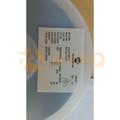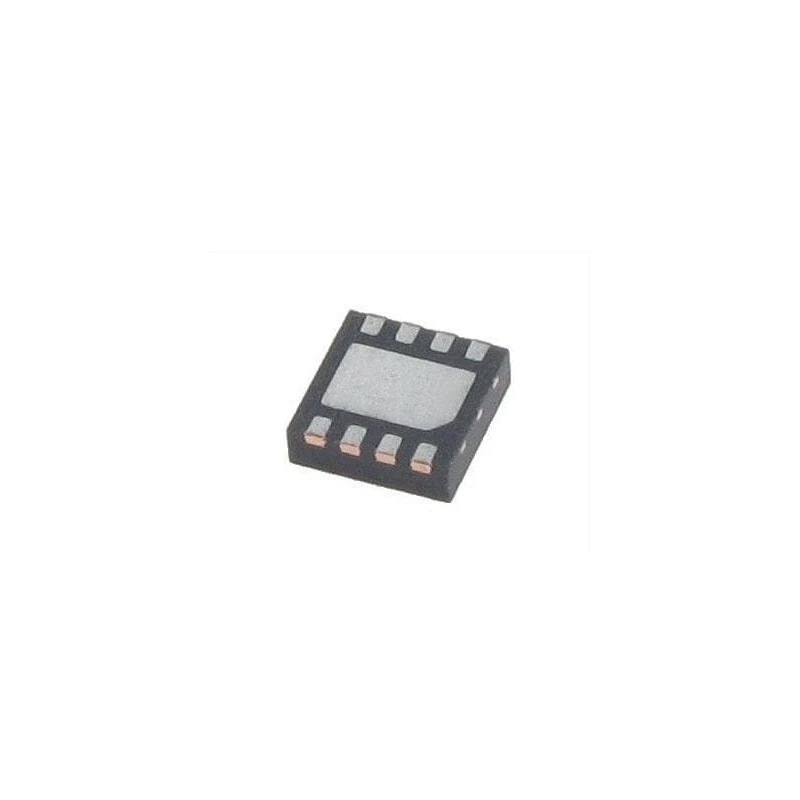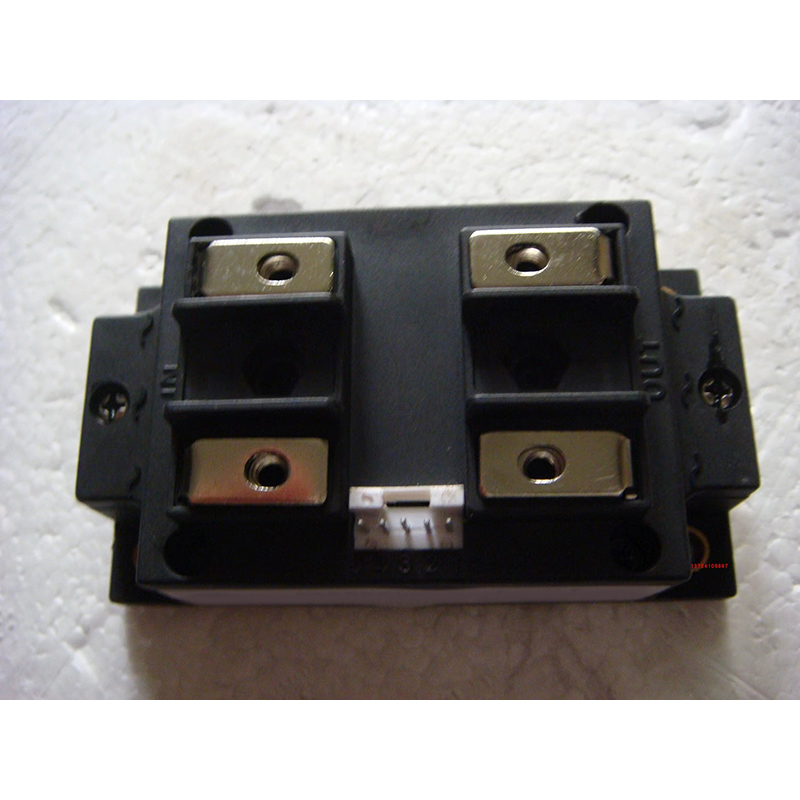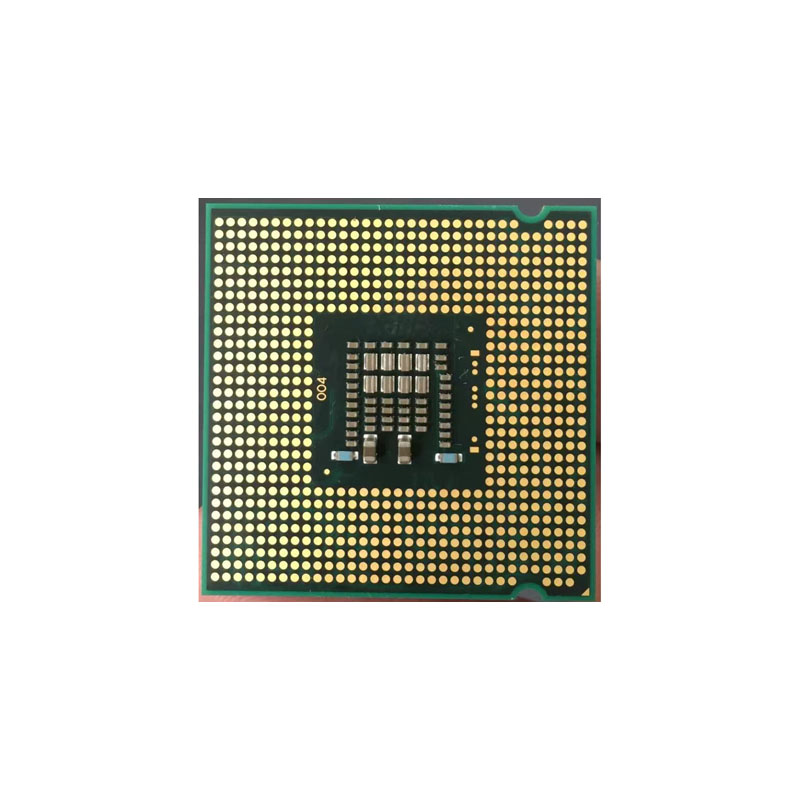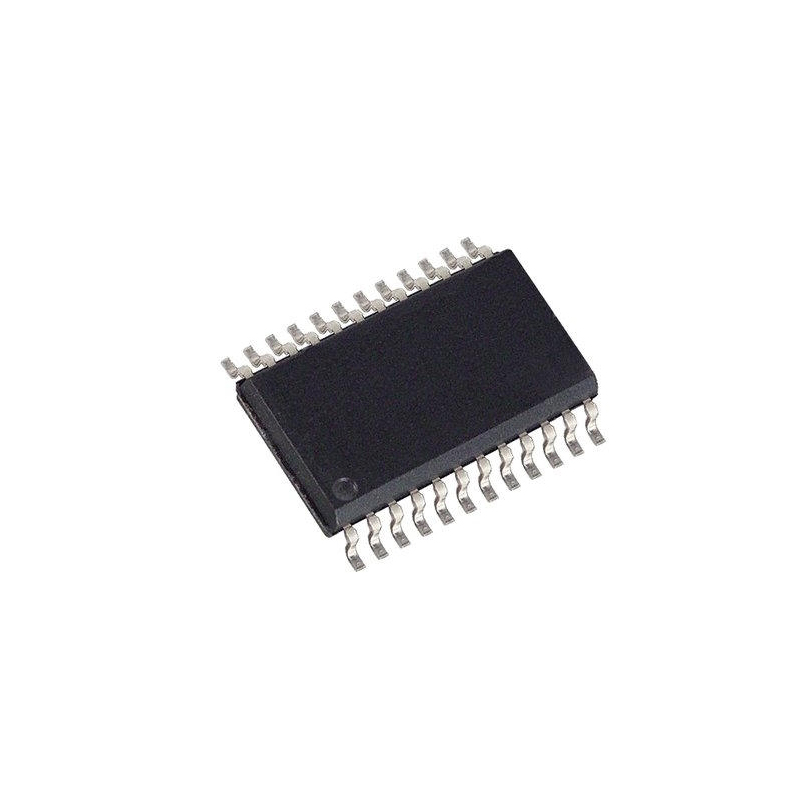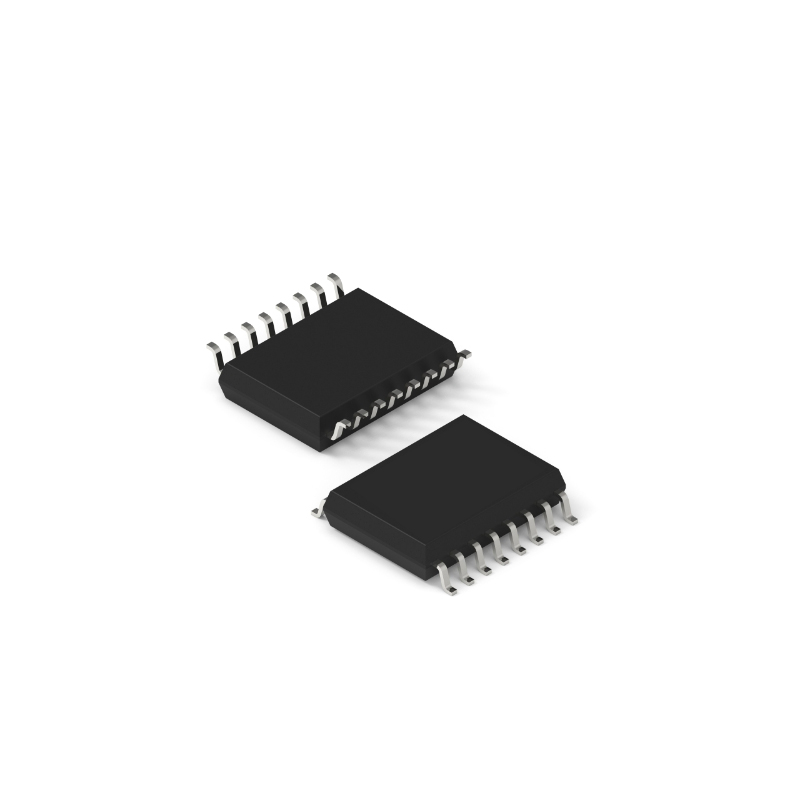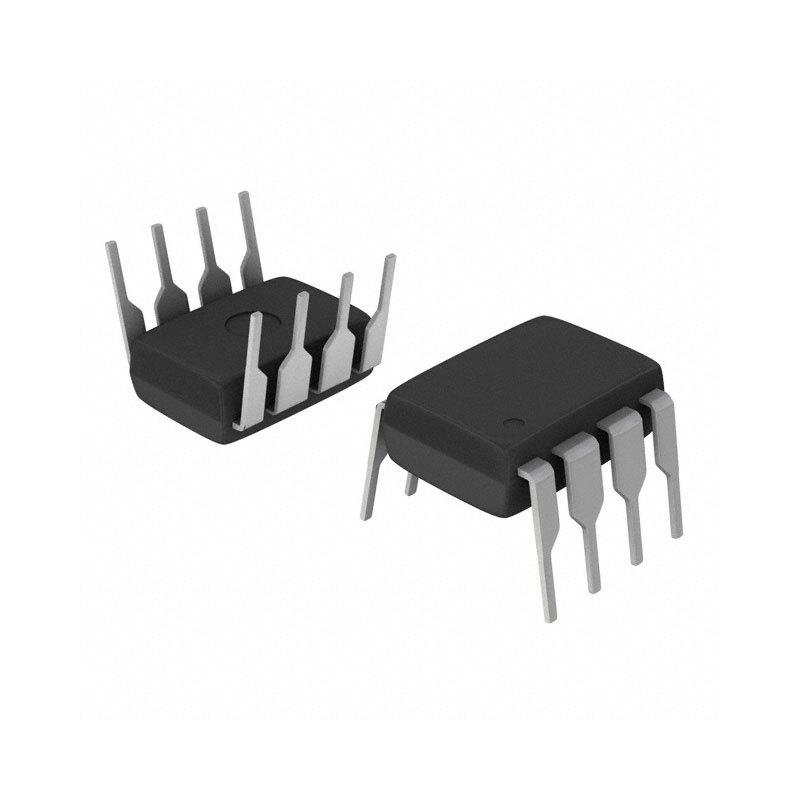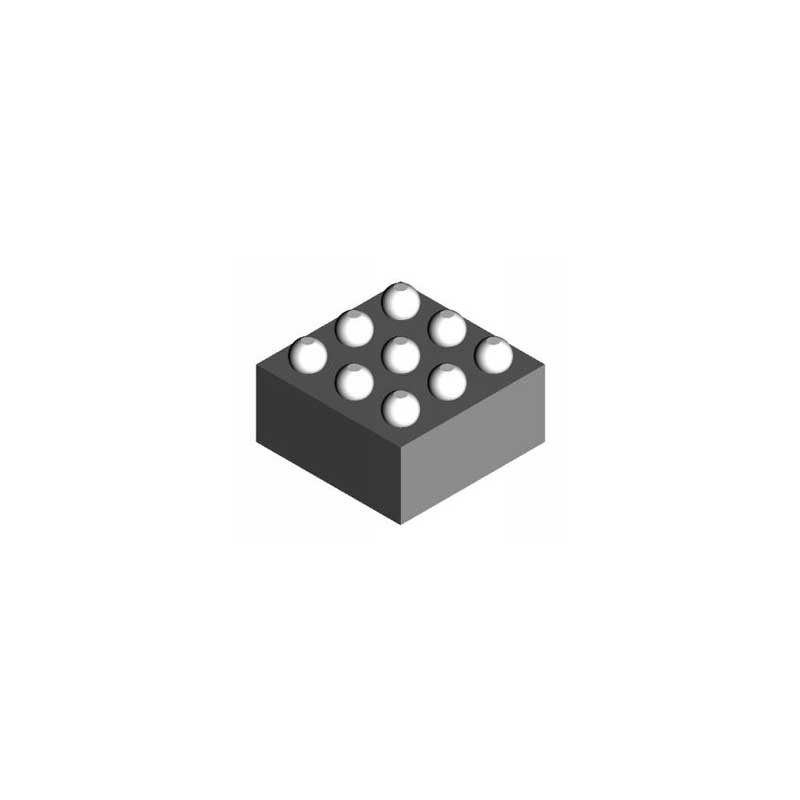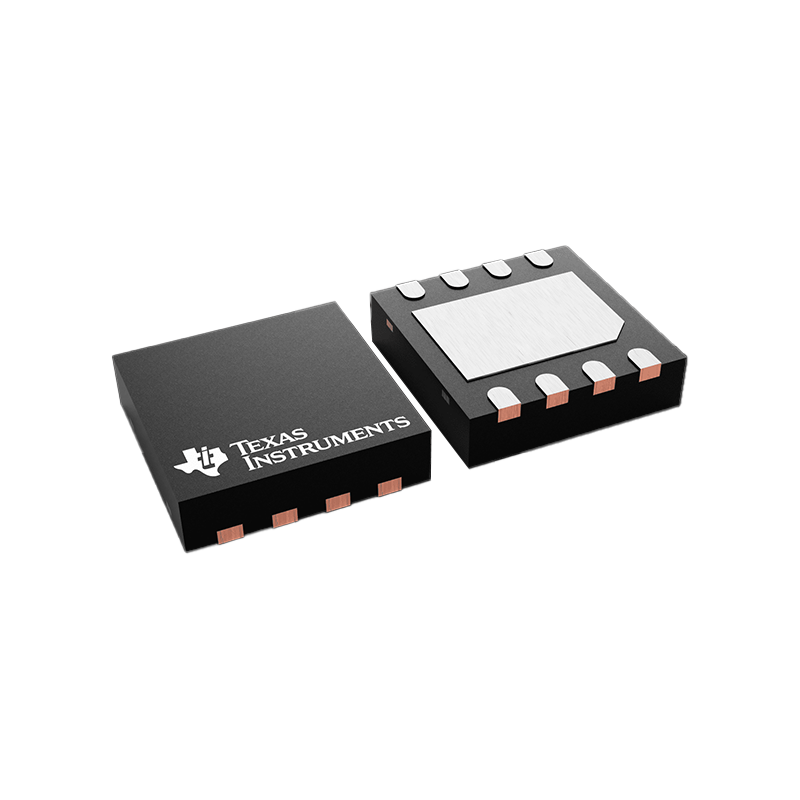[Solved] How to ByPass Garage Door Sensor
 Published: May 29, 2023
Published: May 29, 2023
Contents
Garage door sensors are an essential safety feature that prevents accidents and property damage by detecting obstructions in the path of a closing garage door. However, there may be situations where you need to bypass the garage door sensor temporarily, such as during maintenance or troubleshooting.
Bypassing the garage door sensor should be approached with caution and only done when necessary, as it compromises the safety function. In this article, we will explore the reasons for bypassing garage door sensors, the potential risks involved, and the step-by-step process to safely bypass the sensors when required.
What is Garage Door Sensor
Garage door sensors are safety devices used in automatic garage door systems. They are designed to detect obstacles or obstructions in the path of a closing garage door and prevent the door from closing completely or reversing its direction to avoid potential damage or injury.
Working Principle of Garage Door Sensors
The working principle of garage door sensors can be explained according to the different types of sensors. The following are two common types of garage door sensors that work:
Photoelectric sensors:
Photoelectric sensors consist of two components, usually mounted on either side of the garage door near the floor. One component emits an infrared beam and the other component receives the beam. When the garage door is closed, the beam is occupied by the space between the emitter and the receiver. If an object (such as a person, pet or vehicle) enters the path of motion of the garage door and interrupts the beam, the receiver cannot receive the beam signal. At this point, the sensor sends a signal to the garage door opener instructing to stop closing or reversing the door's motion to avoid striking the object or causing injury.
Edge Sensors:
Edge sensors are mounted on the bottom edge of the garage door. They use pressure or resistance to detect obstacles. When the garage door is closed, if the door encounters an obstacle, the edge sensor senses the change in pressure or resistance and sends a signal to the opener. The opener receives the signal and stops the movement of the door or reverses it to avoid collision or damage.
Garage Door Sensor Troubleshooting Method
When the garage door does not open or close normally, and the light flashes on the Opener, you can check the Sensor status:
Step 1. Flashing or lights out need to check whether there are obstacles blocking the running track of the garage door;
Step 2. Check whether the Sensor lens is clean, the Sensor lens may be blocked by dust or other stains after long time use.
Solution: Use a clean soft towel or paper towel to gently wipe the Sensor lens and clean it;
Step 3. If there is no obstacle blocking, you need to check whether the Sensor is horizontally aligned. the Sensor may be displaced by impact or loose screws, so that the transmitter and receiver can not send and receive signals normally resulting in failure.
Solution: Sensor position can be adjusted so that the two sides of the sensor alignment can be solved;
Step 4. If the adjustment position still can not work properly then you need to check whether the Sensor connected to the Opener line is normal or not broken, first of all, check whether there is looseness at the line interface, if there is no problem then you need to check whether the line is broken or not.
Solution: If there is a line problem, re-adjust the line connection at the interface; if the line is broken, reconnect the cable or directly approach the new cable;
Step 5. If there is no problem with the above, the sensor may be damaged.
Why Do Not Recommend Bypassing Garage Door Sensor
❗ Safety Hazard: Garage door sensors are designed to ensure the safety of people and property. Bypassing or disabling a sensor removes a critical safety feature and increases the risk of accidents, injuries or property damage. Without sensors, garage doors can close on people, pets or objects, resulting in serious injury.
❗ Legal and Code Compliance: In many areas, it is a legal requirement to have properly working security sensors on garage doors. Bypassing or tampering with sensors may violate local building codes and regulations. This can result in legal consequences, penalties, or difficulties in selling or insuring your property.
❗ Manufacturer's Advice: Garage door manufacturers strongly recommend against bypassing or tampering with the sensors. Altering the system in any way may void the warranty and may cause problems with the proper operation of the garage door opener.
❗ Insurance Coverage: Insurance companies typically require properly functioning security sensors on garage doors. If you bypass the sensors and have an accident, your insurance coverage may be void and you will be responsible for any damages or injuries at your own risk.
[Solved] How to Bypass Garage Door Sensor
#1 Press and hold the garage door button
The easiest way to use this method is to press and hold the garage door button, provided the sensor is not damaged. Press and hold the garage door button, this will override the sensor and you will be able to open the garage door.
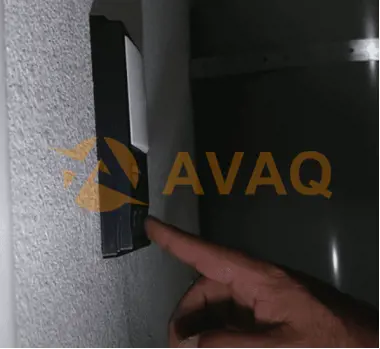
#2 Use reflectors
If the sensor is a photoelectric sensor, you can try using a reflector that will reflect infrared light back to the sensor. This will make the sensor think that there is no object blocking the light and it will allow you to open the garage door.
#3 Manual operation mode
This method is only effective if the sensor is working properly. Switching your garage door to manual is very simple: just pull down the cord that hangs down from the motor attached to the ceiling.
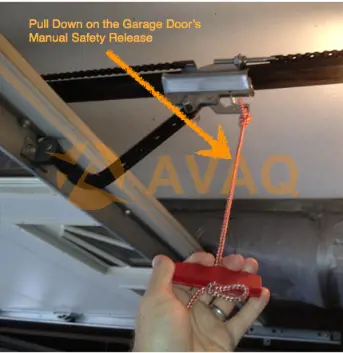
#4 Breaking the sensor alignment
First, you will need to disconnect the sensor from the garage door opener.
Next, you need to realign the sensors so that they are not pointing at each other. This can be done by moving them up or down. Once they are properly aligned, you will be able to open the garage door without any problems.
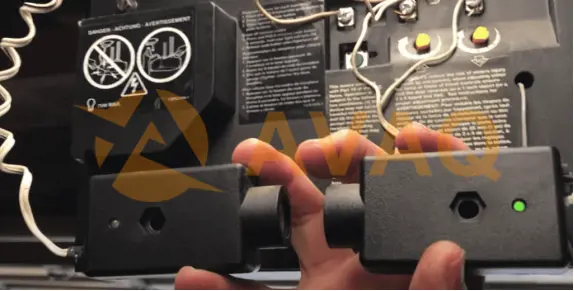
Further Reading: [Solved] How to Bypass Battery Current Sensor 2023
Conclusion
In conclusion, bypassing the garage door sensor is a procedure that should be carried out with care and only in specific situations where it is necessary. It is crucial to understand that bypassing the sensors temporarily compromises the safety function of the garage door system, and it should never be done as a permanent solution.
If you find it necessary to bypass the garage door sensor, follow the recommended steps carefully, ensuring your safety and the safety of others. Once the need to bypass the sensor is resolved, it is important to reinstate the sensor's functionality promptly. Regular maintenance and proper troubleshooting techniques will help maintain the reliable and safe operation of your garage door system.
 FAQ
FAQ
- Can I install garage door sensors myself?
- Installation of garage door sensors can be done as a do-it-yourself project for those with basic knowledge of electrical wiring and garage door systems. However, if you are unsure or uncomfortable with the installation process, it is advisable to seek professional assistance to ensure proper installation and alignment for optimal safety.
- Can I disable garage door sensors?
- It is not recommended to disable garage door sensors. Garage door sensors are essential safety features, and disabling them can compromise the safety of people and property. If you are experiencing issues with your sensors, it is best to troubleshoot and resolve the problem rather than disabling them.
- What happens if garage door sensors are misaligned?
- If garage door sensors are misaligned, the infrared beam between them may be obstructed or disrupted, leading to malfunctioning of the garage door. In such cases, the garage door opener may not close the door, or it may reverse immediately after closing. Proper alignment of the sensors is essential for their correct operation.
- Where are garage door sensors typically located?
- Garage door sensors are usually installed near the bottom of the garage door tracks, on either side of the opening. One sensor is mounted on the left side, and the other on the right side. They are aligned to face each other, creating the infrared beam between them.
 Popular Industry Focus
Popular Industry Focus
Hot Products
-
![ATF1508AS-10AU100]()
ATF1508AS-10AU100
Microchip
CPLD ATF1500 Family 3K Gates 128 Macro Cells 100MHz 5V 100-Pin TQFP Tray
-
![PAC1710-1-AIA-TR]()
PAC1710-1-AIA-TR
Microchip
With a 10 VDFN 3x3x0
-
![ATMEGA8-16AUR]()
ATMEGA8-16AUR
Microchip
MCU 8-bit ATmega AVR RISC 8KB Flash 5V 32-Pin TQFP T/R - Tape and Reel
-
![ATTINY412-SSNR]()
ATTINY412-SSNR
MICROCHIP
8-bit Microcontrollers - MCU 105C, Green, 20MHz, SOIC8, T&R
-
![MCP130T-315I/TT]()
MCP130T-315I/TT
Microchip
Fixed voltage of +3.08VV
-
![MCP4017T-103E/LT]()
MCP4017T-103E/LT
MICROCHIP
Digital Potentiometer 10k Ohm 1 Circuit 128 Taps I2C Interface SC-70-6
Related Parts
-
![EMC1442-A-AC3-TR]()
EMC1442-A-AC3-TR
microchip
Temp Sensor Digital Serial
-
![EKMC1605112]()
EKMC1605112
Panasonic Electric Works
Sensor PIR (Passive Infrared) 197" (5m) 16.4' Horizontally Wide Lens, Black Module
-
![IIS3DHHCTR]()
IIS3DHHCTR
STMicroelectronics
3 axes digital inclinometer, high accuracy
-
![HIH9131-021-001]()
HIH9131-021-001
Honeywell Sensing and Productivity Solutions
Humidity, Temperature 0 ~ 100% RH I2C ±1.7% RH 8 s Surface Mount
-
![TCD1201D]()
TCD1201D
Toshiba
Image Sensor CCD 2048Pixels 22-Pin CDIP
-
![LP012]()
LP012
Comet America, LP
COM ADAPTER
-
![XZCC12MDM40B]()
XZCC12MDM40B
Schneider Electric
Sensor Hardware & Accessories SENSOR CONNECTOR 150V 3AMP
-
![MS-DP1-1]()
MS-DP1-1
Panasonic
Sensor Hardware & Accessories FOR DP-100, SENSOR MOUNTING BRACKET
-
![TS4231]()
TS4231
TRIAD
INFRARED RECEIVER IC FOR STEAMVR
-
![TJA1051TK/3]()
TJA1051TK/3
XNP
High-speed CAN transceiver
-
![3046L-2-102]()
3046L-2-102
Bourns Inc.
Resistive Sensor Linear Position Round Shaft Wire Leads
-
![3048L-3-252]()
3048L-3-252
Bourns Inc.
Resistive Sensor Linear Position Round Shaft Wire Leads
-
![MLX90367EDC-ABS-090-RE]()
MLX90367EDC-ABS-090-RE
Melexis Technologies NV
Hall Effect Sensor Linear, Rotary Position External Magnet, Not Included Gull Wing
-
![MLX90367EGO-ABV-000-TU]()
MLX90367EGO-ABV-000-TU
Melexis Technologies NV
Hall Effect Sensor Linear, Rotary Position External Magnet, Not Included Gull Wing
-
![AMS22B5A1BLASL309N]()
AMS22B5A1BLASL309N
Bourns Inc.
Hall Effect Sensor Rotary Position Slotted Shaft Solder Lug

 Update Time: May 31, 2023 Consumer Electronics
Update Time: May 31, 2023 Consumer Electronics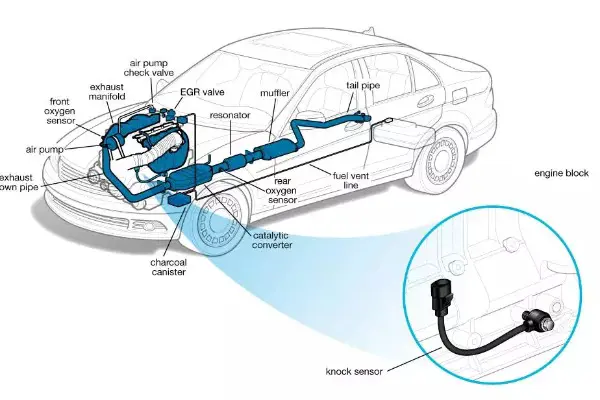

![[2023] What are Symptoms of a Bad Battery Current Sensor](/files/uploads/technology/b/20230519164016gm-battery-current-sensor.webp)




